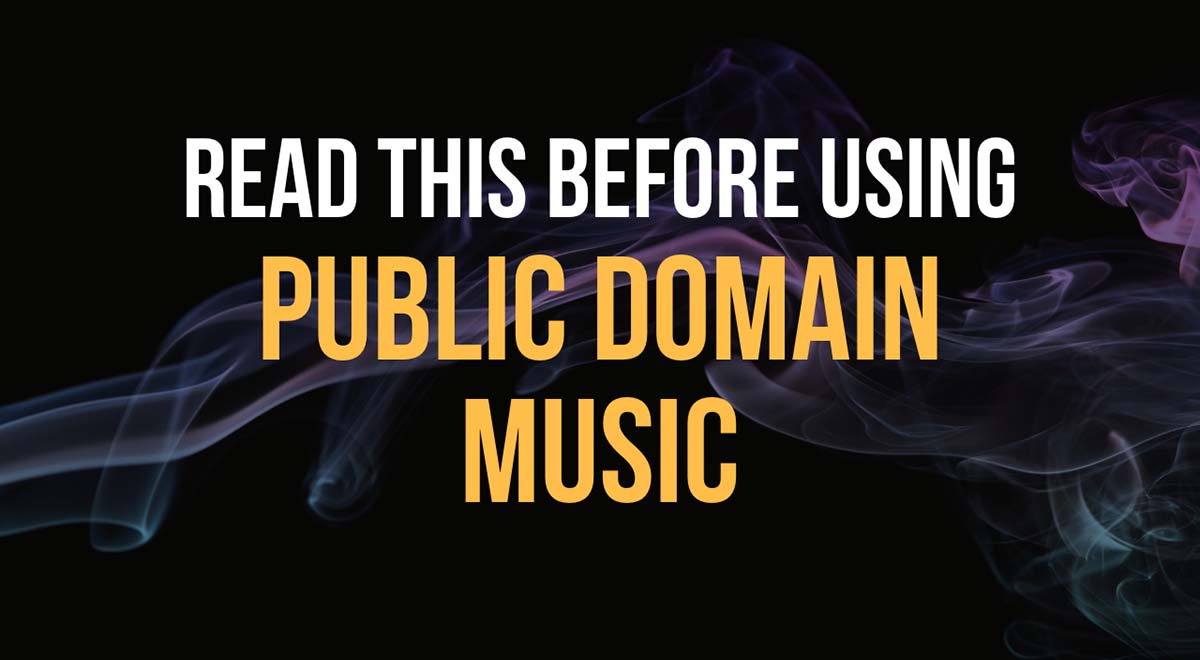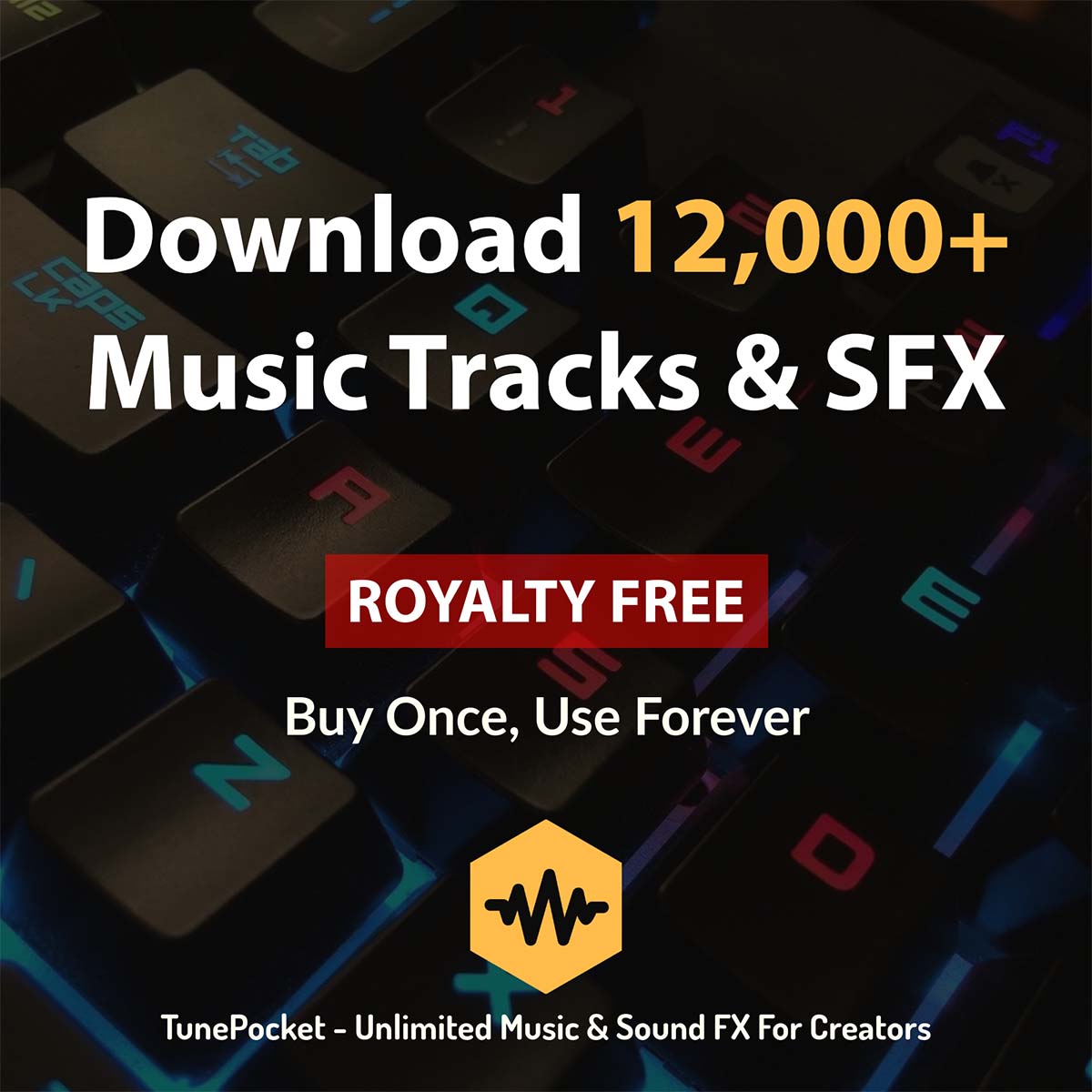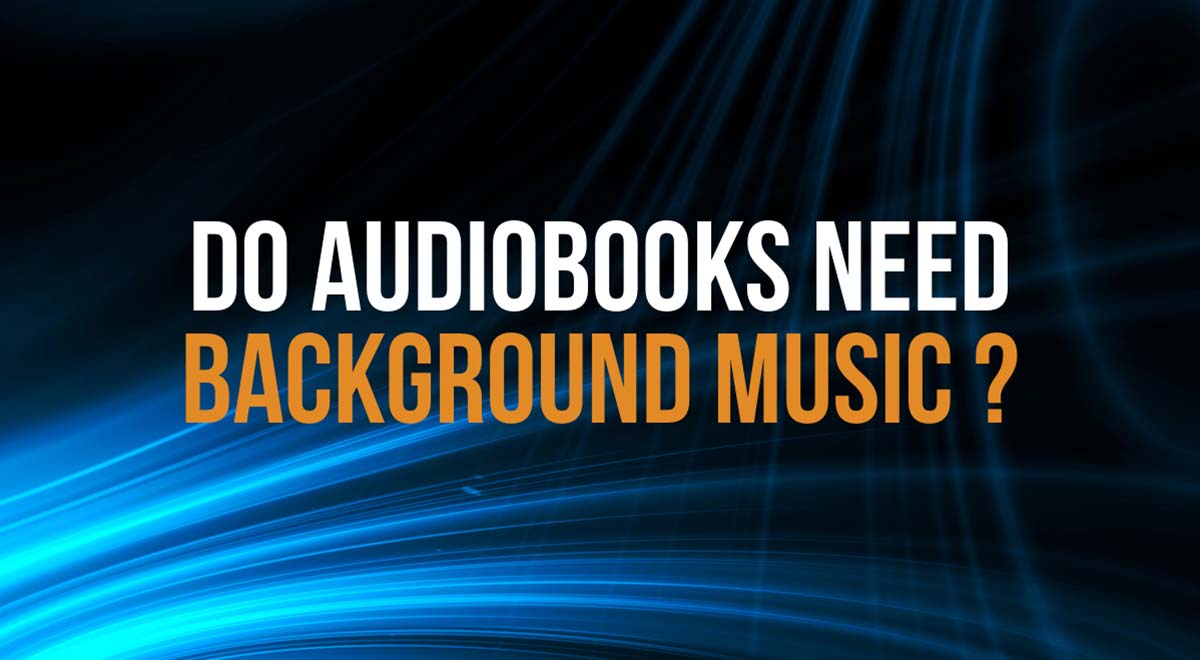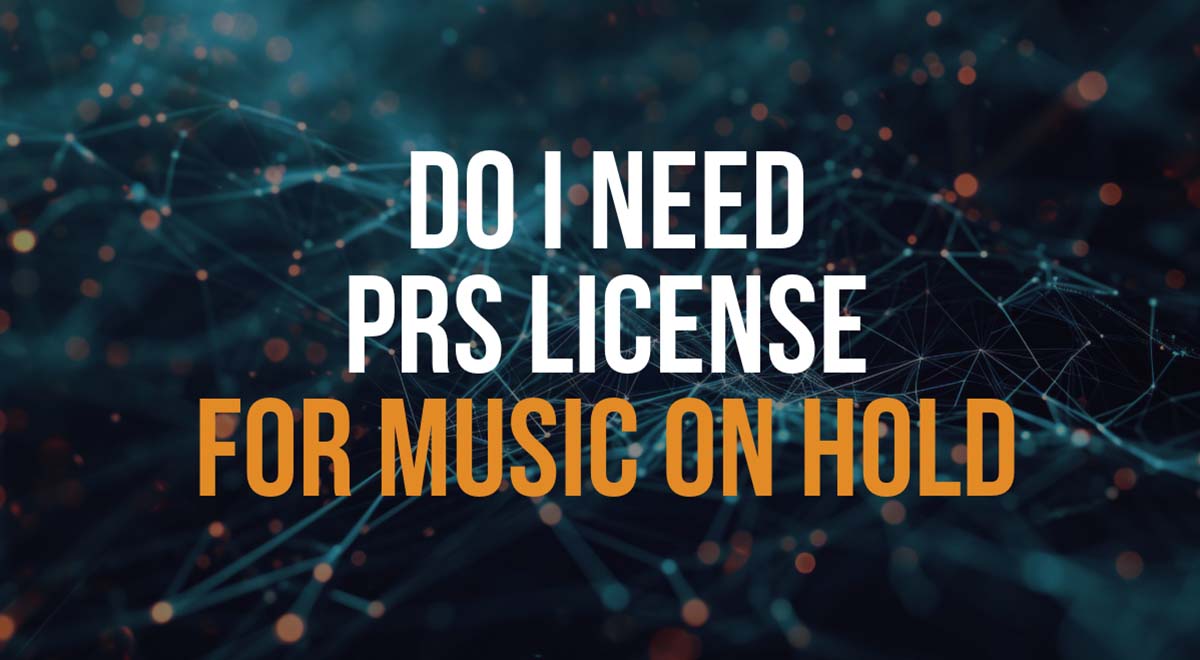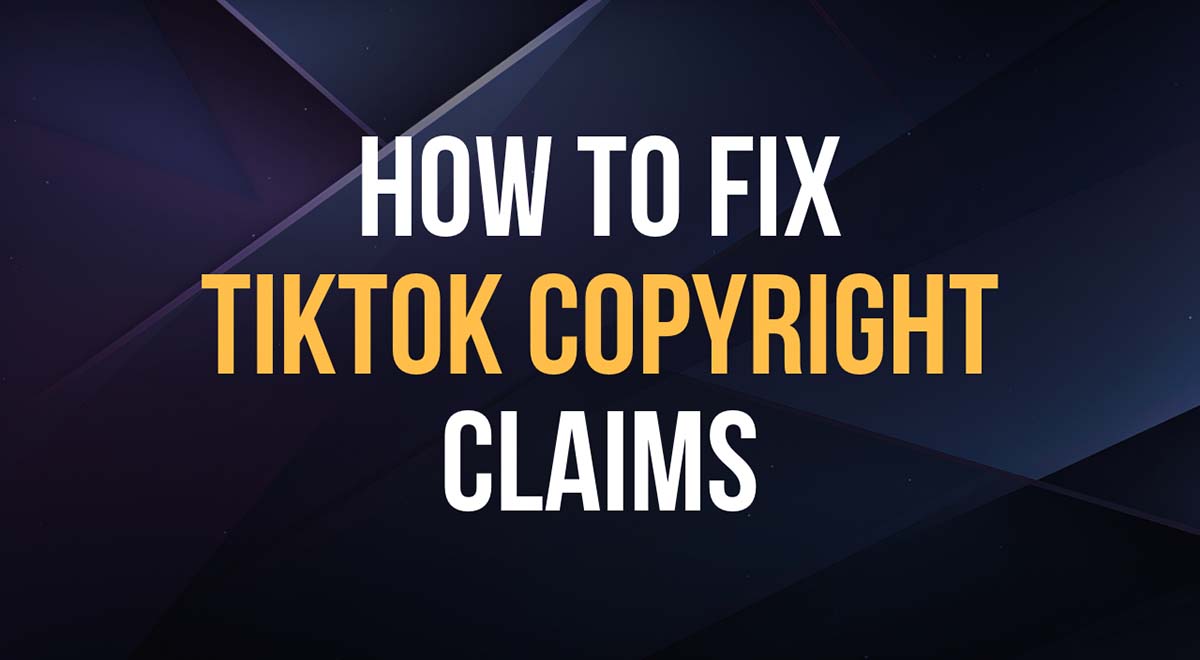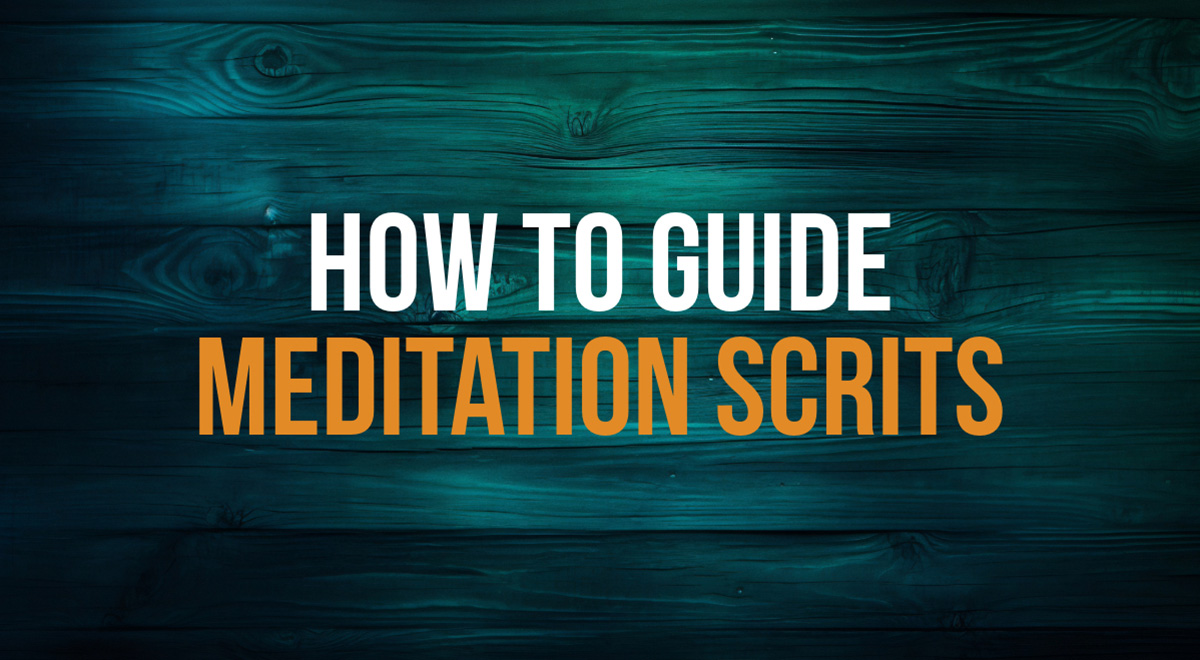Sometimes I hear from our clients:
Why buy music licenses is we can simply use public domain music?
Yes, in many cases, public domain music can be a great and budget friendly option if you’re looking for background music for videos or podcasts.
However, the main challenge with using public domain content is to determine reliably whether a specific piece of content is indeed in public domain.
That’s when it gets interesting.
In this post, I will explain what music is considered public domain (PD) music, discuss some common mistakes people make when using supposedly PD content, and outline the potential issues related to using PD music in commercial projects.
Learn how you can safely use public domain music in your videos, podcasts, and other projects.
Keep reading!
Hi, I’m Mik, one of TunePocket music creators, and I’ll tell you everything I know about public domain music and what it means for your videos or podcasts, so you don’t run afoul of the copyright law.
Legal disclaimer: I’m not licensed attorney. This post reflects my industry experience and research but it cannot be considered legal advice.
What is public domain music?
Public domain music refers to music that is not protected by copyright and is therefore free for the public to use, share, and repurpose without obtaining permission or paying royalties.
Music enters the public domain when the copyright protection expires, allowing it to be freely accessed and used by anyone.
How long the copyright lasts?
The length of copyright protection can vary depending on the country and the specific laws in place at the time the work was created.
In most of the world, the default length of copyright is the life of the author plus either 50 or 70 years.
In the United States, to the best of my knowledge, copyright protection lasts for the life of the author plus 70 years.
International treaties, specifically the Berne Convention, established minimum terms for copyrights. However, individual countries may grant longer terms at their own discretion.
How to determine if music is in public domain?
This can be straightforward or can take some detective work.
Here’s a sequence of steps you might need to take to confirm the public domain status of a particular piece of music:
1. Check the copyright status of the composition
Determine the creation date of the music. Generally, music written before a certain year is likely to be in the public domain.
2. Check the copyright status of the recording
Now, this one is important!
There are two main components to consider when determining public domain status of music: composition and recording.
The recordings of a musical composition have its own copyright distinct from the composition.
This copyright protects the specific performance or interpretation captured in a recording.
Take, for example, a recording of Mozart’s requiem.
The underlying composition is definitely in the public domain, however most of the recordings of requiem are still be under copyright protection.
3. Research Copyright Law Changes
Be aware of any changes in copyright laws over time that may affect the copyright duration of existing works.
The most famous example is probably how Disney extended copyright protection for the cartoon characters originally created by Walt Disney.
4. Look for Public Domain Declarations
Some authors may explicitly waive their rights or dedicate their music to the public domain.
CC0 is a common example of modern day public domain license.
5. Use Public Domain Resources
Check reputable public domain resources or databases like PD Info that provide information about the copyright status of music works.
6. Consult Legal Experts
Finally, if you have budget and want to have the definitive answer in a complex case, consult a legal expert.
Common mistakes when using public domain music
Using public domain music in videos or podcasts can be a great way to enhance your content legally, but there are some common mistakes people make.
Here are 3 most common mistakes I see when helping our clients:
1. Assuming that all recordings of a public domain composition are automatically public domain
As I explained earlier, the copyright of a recording is completely separate from the copyright of the underlying composition.
In vast majority of cases (as of the time of this writing), the recordings of most public domain compositions are still under copyright.
2. Not Verifying Copyright Status
It’s quite common to assume that most famous holiday songs are public domain. After all, they’ve been around forever, right?
Not quite so.
As a matter of fact, quite a few holiday classics are still under copyright (both the composition and their recordings).
Here are just a few examples: Frosty The Snowman, Feliz Navidad, Do You Hear What I Hear, and many more.
See the entire list of famous holiday songs that are NOT in public domain.
3. Relying on unverified source
If you look at places like archive.org its music section is filled with music declared as “public domain”.
However, before you go on the download spree, keep in mind that anyone can upload anything to archive.org and assign it public domain status, rightfully or not.
You need to do your own research.
Bonus: Other potential issue to look out for
Please note that I merely listed the top mistakes. There are more potential pitfalls with using “public domain” music.
For example, a music track was designated by the author as public domain (or CC0) but it contains copyrighted music samples.
Be mindful of derivative works based on a public domain asset. For example, if I remix a public domain song, you cannot assume that my remix is automatically in public domain as well.
Need music for a future project?
Is it safe to use public domain music in commercial projects?
It can be, as long as you can reliable verify the public domain status and avoid the mistakes I discussed above.
However, be extra careful, as public domain music comes without a license or guarantee.
While free, public domain music lacks the formal license that can confirm your right to use it in your project.
Unlimited download. Lifetime license. Save over 50% compared to similar services.
If I use public domain music on YouTube am I protected from copyright claims?
In other words, is it 100% safe to use public domain music on YouTube?
In theory, yes.
But we live in the real world where things aren’t always working as expected.
Unfortunately, public domain music has become easy target for unscrupulous individuals trying to make a quick buck.
Anyone can grab a free public domain music track and monetize it via a digital distributor or YouTube’s Content ID system.
That’s would be very much against the rules, yet these tracks do get through the screening.
As a result, when anyone else tries using the same public domain music on YouTube their video will get a copyright claim.
Read more about our experience resolving copyright claims for public domain music.
Takeaway
Public domain music is free from copyright restrictions, allowing for unrestricted use, distribution, and modification.
However, you need to proceed with caution and always make effort to verify the public domain status of both the composition and specific recordings, consider local copyright laws and potential derivative works.
Be extra careful when using public domain in commercial or business projects, as it comes with no formal license or guarantees.
Need licensed music for commercial use?
Need music that you can safely use in all your videos and podcasts, including commercial?
We want to make music licensing process as easy and transparent as possible.
Check out our catalog of ready to use royalty free music and save over 50% compared to similar music licensing platforms!
Have a question or comment?
If you have questions about public domain concept or music licensing post a comment.
Download 12,000+ Royalty Free Music Tracks And Sound FX
Unlimited download | Lifetime license | Commercial use

